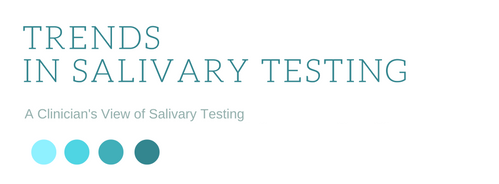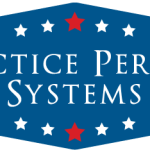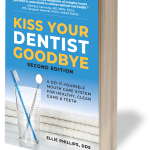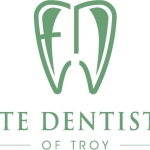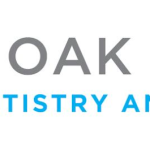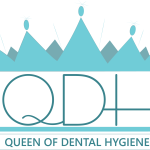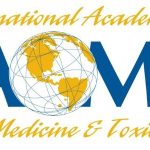
Persistent oral human papillomavirus (HPV) infections have been linked to an increased risk of oral and oropharyngeal cancer. According to the Center for Disease Control and Prevention (CDC), HPV is the most common sexually transmitted infection. Over 200 strains of HPV have been identified. The high-risk types, HPV-16 and HPV-18 are associated with oropharyngeal squamous cell carcinoma (OPSCC). The CDC reports that HPV is responsible for approximately 70% of oropharyngeal cancer in the Unit...
Read More
